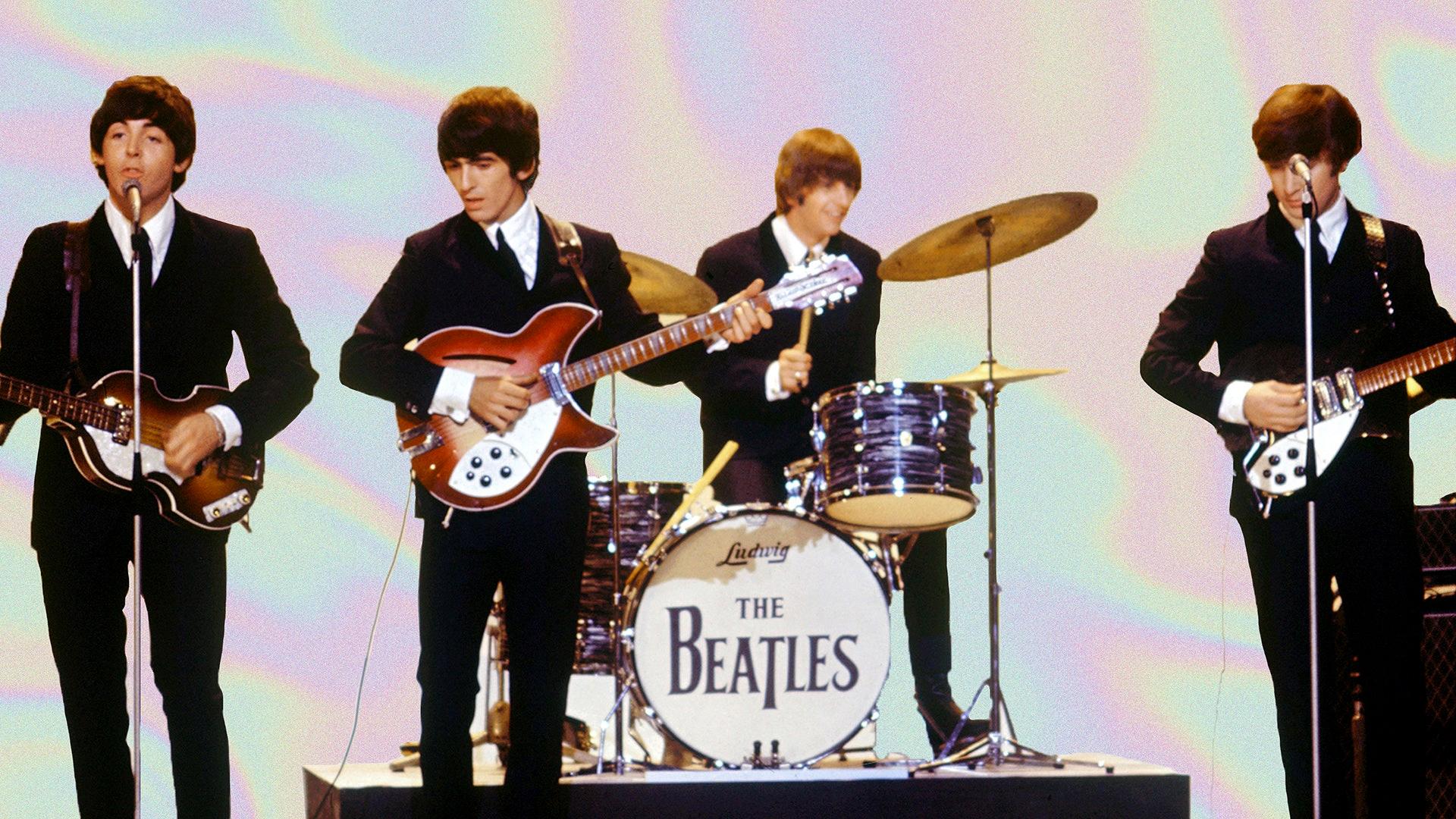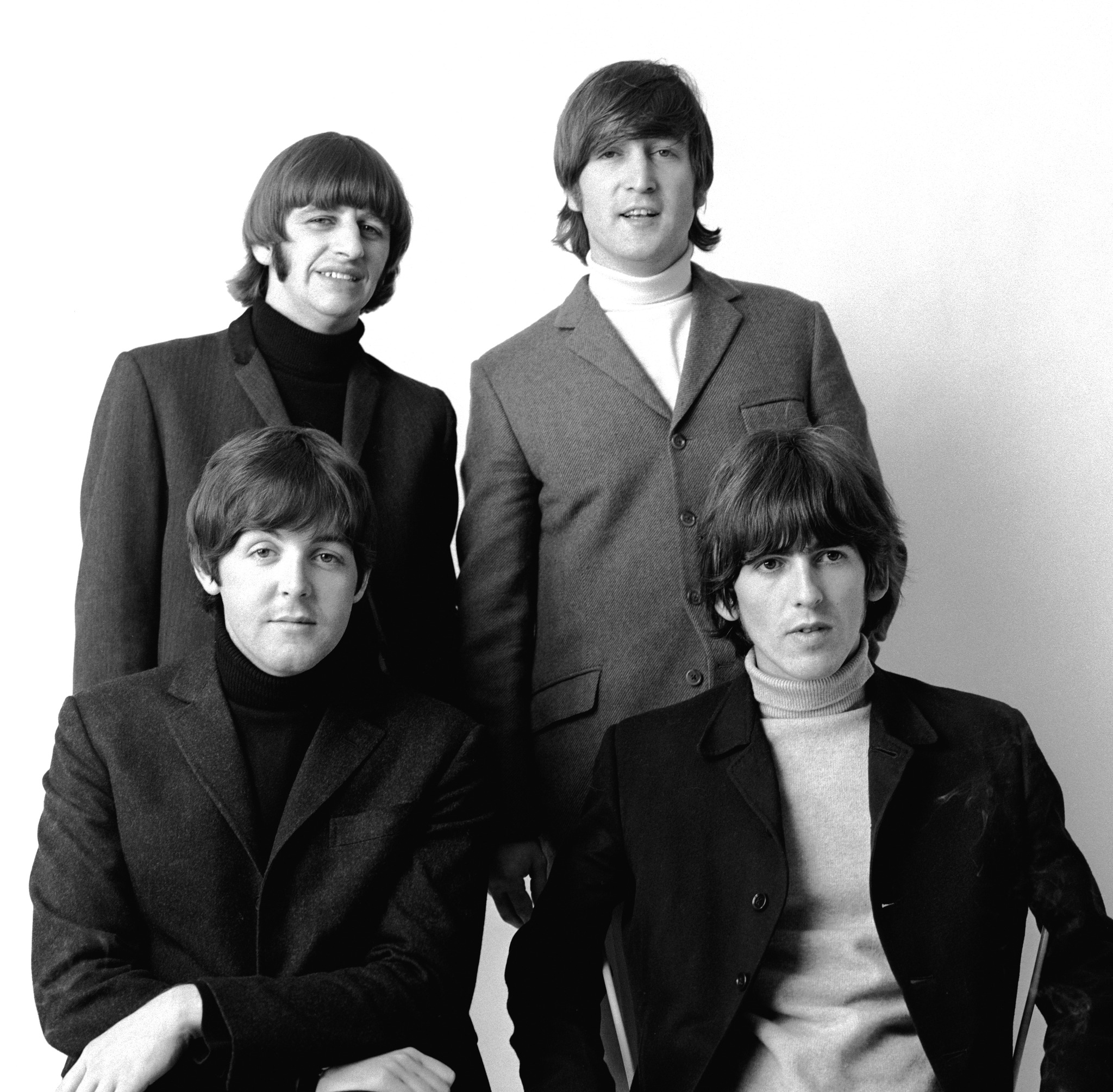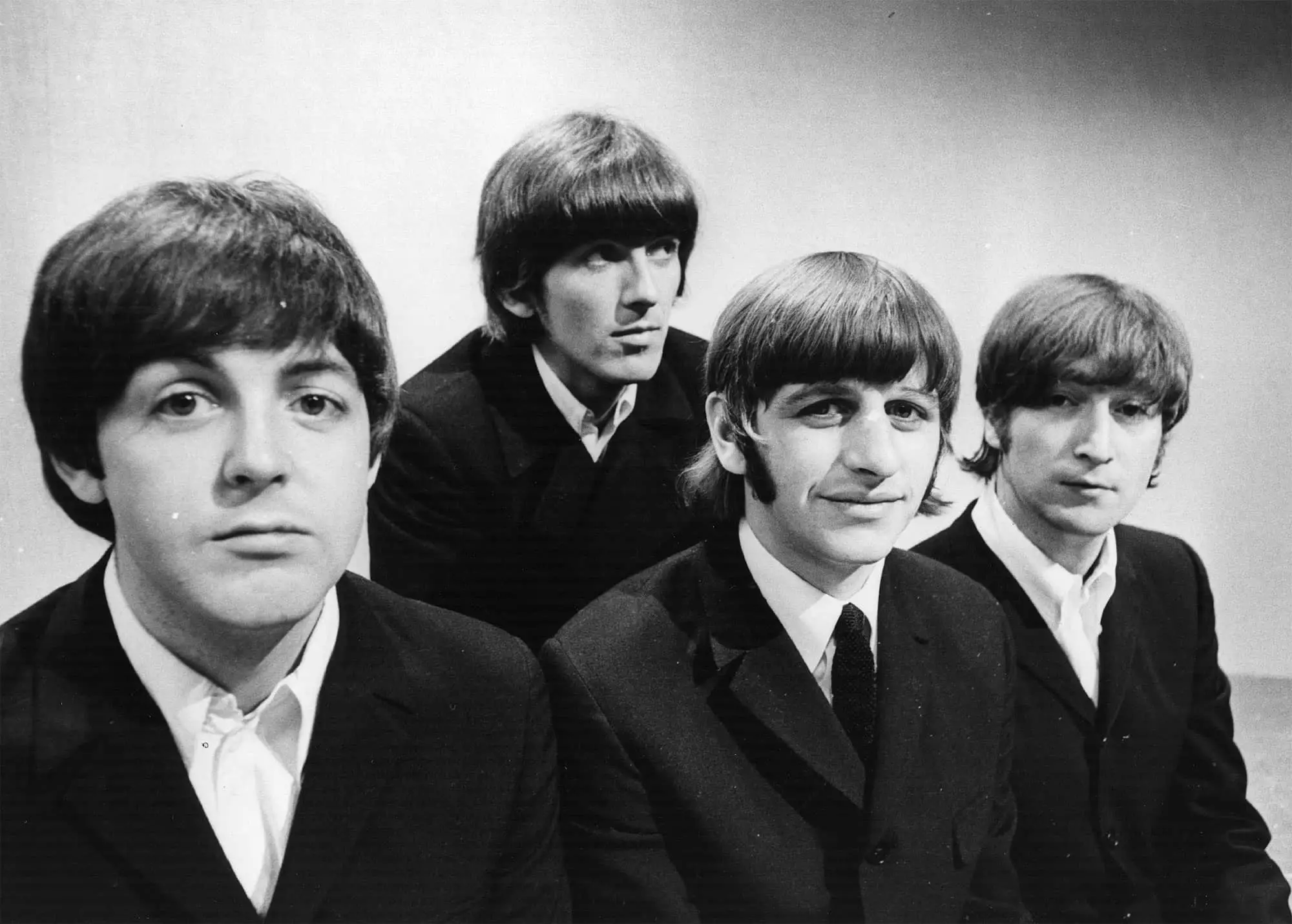When we think about the beginnings of The Beatles, a particular name sometimes gets overlooked, and that is Stuart Sutcliffe, the band's very first bass player. He was, in fact, an original member of the group, playing a crucial part in their earliest days, you know, before they became the globally recognized music sensation we all know so well. His story, arguably, is a vital thread in the fabric of their meteoric rise, a tale often woven into the legend of the four young men from Liverpool who reshaped the world of music itself.
Stuart's time with the band, however, came to an end when he decided to follow his passion for painting, a path he chose to pursue fully. This choice meant he left the group before they hit truly massive fame, a decision that, in some respects, shaped the future lineup of the band. His presence, though brief, left a significant mark, and he is often affectionately called "the Fifth Beatle" by many who appreciate the full scope of their early history.
This article aims to bring Stuart Sutcliffe's story into clearer focus, shedding light on his role as an artist and musician. We will explore his contributions to the band, his acclaimed work as a painter, and the lasting influence he had on music and art, even after his early passing. So, let's learn more about this remarkable individual and his place in a legendary story.
Table of Contents
- Stuart Sutcliffe: A Brief Life, A Big Influence
- The Early Days with The Beatles
- An Artist's Calling: Leaving the Band
- The "Fifth Beatle" Legacy
- Stuart Sutcliffe's Artistry
- A Tragic Farewell
- Questions People Often Ask About Stuart Sutcliffe
Stuart Sutcliffe: A Brief Life, A Big Influence
Stuart Sutcliffe's journey, though short, truly made an impact on the story of The Beatles. He was born in Edinburgh, Scotland, in 1940, and then brought up in Liverpool, England, which is where his path would cross with the future members of the famous group. Stuart was an art school friend of John Lennon, and it was this connection that led him to become the original bass player in The Beatles. This particular friendship was, in a way, a cornerstone for the band's initial formation.
His presence in the band, especially during their formative years in Liverpool and later in Hamburg, was quite significant. He helped shape their early sound and even their look. Stuart was more than just a band member; he was, apparently, a figure who helped build the band's image, a truly tragic figure in the group's early narrative. He joined the band in early 1960, and he was very much a part of their Hamburg tour experiences, which were crucial for their development.
The story of Stuart Sutcliffe is, to be honest, one that deserves more attention. His spectral image in the band’s lore has been illuminated by those who remember his contributions. He is often referred to as the "Fifth Beatle," a title that speaks to his vital, though brief, role in the band's beginnings. His impact on the group, even after he left, continues to resonate in the world of both music and art, which is something quite special.
Personal Details and Biography
| Full Name | Stuart Fergusson Victor Sutcliffe |
| Born | June 23, 1940, Edinburgh, Scotland |
| Died | April 10, 1962, Hamburg, West Germany |
| Age at Death | 21 years and 10 months |
| Cause of Death | Brain Hemorrhage |
| Role in The Beatles | Original Bass Guitarist |
| Known For | "Fifth Beatle," Painter, Artist |
| Raised In | Liverpool, England |
The Early Days with The Beatles
Stuart Sutcliffe's time with The Beatles as their original bassist was, quite frankly, brief, but his influence on the band during their early years was undeniably huge. He was an integral part of the group when they were just starting out, playing primarily during their days as a club act. These were the times when the band was really finding its footing, developing its sound and stage presence, and Stuart was right there with them, shaping those formative experiences.
His connection to John Lennon was particularly strong, as they were art school friends. This friendship, you know, played a part in how Stuart became involved with the band in the first place. He joined them in early 1960, a period when the group was still very much a local Liverpool phenomenon. They were building their reputation in the clubs, and Stuart's presence on bass was a key part of that early lineup, giving them a foundation, so to speak.
The story of The Beatles is legendary, a tale of four young men from Liverpool who went on to change the music world. However, woven into the fabric of their meteoric rise is the often-overlooked story of Stuart. He was there for the very beginning, helping to lay some of the groundwork for what would become one of the most famous bands in history. His contribution, though not as widely known as the others, was nevertheless significant, and that is something worth remembering.
The Hamburg Years
The Hamburg period was, in many ways, a crucial time for The Beatles, and Stuart Sutcliffe was a central figure during these intense club performances. He featured prominently in their Hamburg tours, which were grueling but incredibly important for the band's development. Playing for hours on end in the smoky clubs of West Germany really honed their musical skills and stagecraft, and Stuart was right there alongside them, experiencing it all.
His role as the bass player during these specific years was essential for the band's sound at the time. The band members were living and working together in a very intense environment, and these shared experiences forged a deep bond among them. Stuart's presence contributed to the overall dynamic of the group during this formative period, which, you know, was a time of rapid growth for their musical abilities.
The demanding schedule in Hamburg helped The Beatles become the tight, powerful live act they would soon be known for. Stuart's participation in these early, gritty performances is a key part of their origin story. He was there, playing his part, as they transformed from a local Liverpool band into something much more polished and ready for a bigger stage. This period, in fact, truly shaped their future.
An Artist's Calling: Leaving the Band
Even though Stuart Sutcliffe was deeply involved with The Beatles, his heart, apparently, truly belonged to art. He was, first and foremost, an artist, and his passion for painting was a powerful force in his life. He decided to leave the band in the summer of 1961, which was a significant moment for both him and the group. His choice was driven by a desire to continue his art college studies, a commitment to his creative path that he simply could not ignore.
This decision meant that Stuart chose to pursue his painting career fully, stepping away from the music world just as The Beatles were on the cusp of their massive breakthrough. His paintings were, in fact, highly acclaimed, showing a talent that was recognized by others in the art community. This wasn't just a casual hobby; it was a serious pursuit, and he was genuinely good at it. You can, for example, see his work still managed by the official Stuart Sutcliffe Estate, which looks after his art and artifact collections.
His departure allowed him to focus entirely on his artistic endeavors, a path that was very important to him. Stuart's choice highlights the conflict between his musical role and his artistic aspirations. He was a gifted painter, and he made the difficult decision to follow that calling, even if it meant stepping away from a band that was about to become globally famous. This choice, essentially, speaks volumes about his dedication to his personal creative vision.
The "Fifth Beatle" Legacy
Stuart Sutcliffe is often referred to as "the Fifth Beatle," a title that, you know, carries a lot of meaning for fans and historians alike. This designation recognizes his foundational role in the band's earliest days, acknowledging that he was an original member who helped shape their initial identity. His brief but impactful time with the group truly cemented his place in their lore, even if he wasn't there for their global success.
His story adds a layer of depth to the legendary narrative of The Beatles. While the tale of the four main members is widely known, Stuart's presence provides a fuller picture of how the band came to be. He was, in a way, an image architect for the group, contributing to their early look and feel. His influence, though sometimes overlooked, continues to resonate in the world of music and art, which is quite interesting.
The idea of a "Fifth Beatle" isn't just a nickname; it represents the significant, albeit short, period when Stuart was an active part of the band. He played a major role in those formative years, helping to build the groundwork for their future triumphs. His legacy is tied to the very origins of The Beatles, making him an important figure in understanding their complete history. You can learn more about early music influences on our site, and how they shaped artists like Stuart.
Stuart Sutcliffe's Artistry
Beyond his musical involvement, Stuart Sutcliffe was, in fact, a brilliant young painter whose artistic talents were highly acclaimed. His decision to leave The Beatles was driven by his deep commitment to his art studies, showing just how serious he was about his painting. He wanted to dedicate his full attention to developing his skills as an artist, a path that truly spoke to his inner creative spirit.
His paintings garnered significant recognition, suggesting a promising future in the art world. The official Stuart Sutcliffe Estate continues to manage his art and artifact collections, preserving his artistic output for future generations. This work helps ensure that his contributions as a painter are remembered and appreciated, which is quite important for his overall legacy.
Stuart's dual identity as both a musician and a painter makes his story particularly compelling. He wasn't just a bass player who tried his hand at art; he was a serious artist whose work was genuinely valued. His impact on the band continues to resonate in the world of music and art, demonstrating that his influence stretched across different creative fields. Discover more about The Beatles' formative experiences, which also influenced Stuart's artistic journey.
A Tragic Farewell
Stuart Sutcliffe's life was, very sadly, cut short on April 10, 1962, when he passed away at the incredibly young age of 21. His death was caused by a brain hemorrhage, a sudden and devastating event that left a profound impact on those who knew him, especially The Beatles. He had been suffering from some health issues, but his passing was still a shock, marking a truly tragic moment in the band's early history.
His passing occurred before The Beatles achieved their global superstardom, adding a poignant layer to his story. He was there for the very beginning, contributing to their sound and image, but he didn't get to witness the incredible success that would follow. Today, June 23rd, marks what would have been original Beatles bassist Stuart Sutcliffe's 82nd birthday, a reminder of the life that was lost too soon.
The legacy of Stuart Sutcliffe, the original bass player for The Beatles and a gifted painter, is a mix of artistic promise and a deeply tragic story. He is long considered the person who played a major role in the band's formative years, and his early departure and untimely death are integral parts of their legendary narrative. His memory lives on through his art and through the stories told about the very first days of the most famous band in the world. For more factual information, you can check resources like a major art institution that holds some of his works.
Questions People Often Ask About Stuart Sutcliffe
Here are some common questions people have about Stuart Sutcliffe, the original bassist for The Beatles.
1. Why did Stuart Sutcliffe leave The Beatles?
Stuart Sutcliffe left The Beatles to pursue his passion for painting. He was, in fact, an artist first and foremost, and he wanted to dedicate his full time to continuing his art college studies. He chose to follow his artistic calling, even though the band was on the cusp of becoming famous. He left the group in the summer of 1961, which was a clear choice to focus on his acclaimed painting career.
2. How did Stuart Sutcliffe pass away?
Stuart Sutcliffe passed away on April 10, 1962, at the young age of 21. His death was due to a brain hemorrhage. He had been suffering from some health concerns, and this tragic event cut his life very short, just as The Beatles were beginning to gain significant momentum.
3. Why is Stuart Sutcliffe called "the Fifth Beatle"?
Stuart Sutcliffe is often called "the Fifth Beatle" because he was the band's original bass guitarist and an integral part of their early lineup. He played a significant role in their formative years, especially during their time in Liverpool and Hamburg, helping to shape their initial sound and image. Even though he left before their global fame, his contribution to their beginnings was, in a way, truly foundational.



